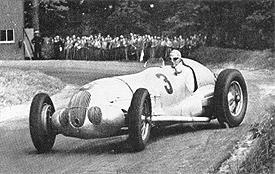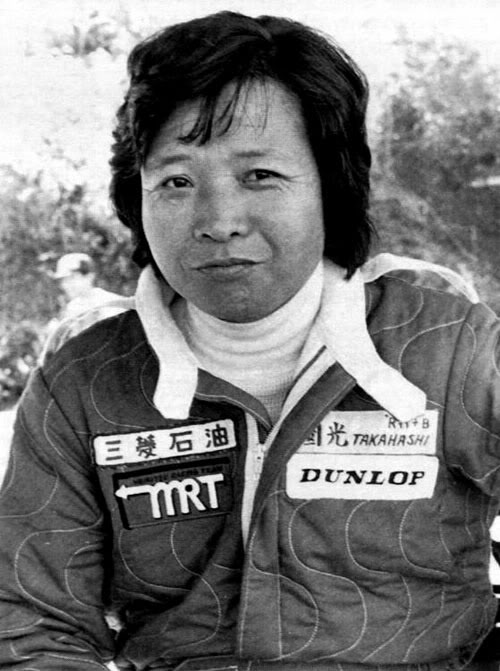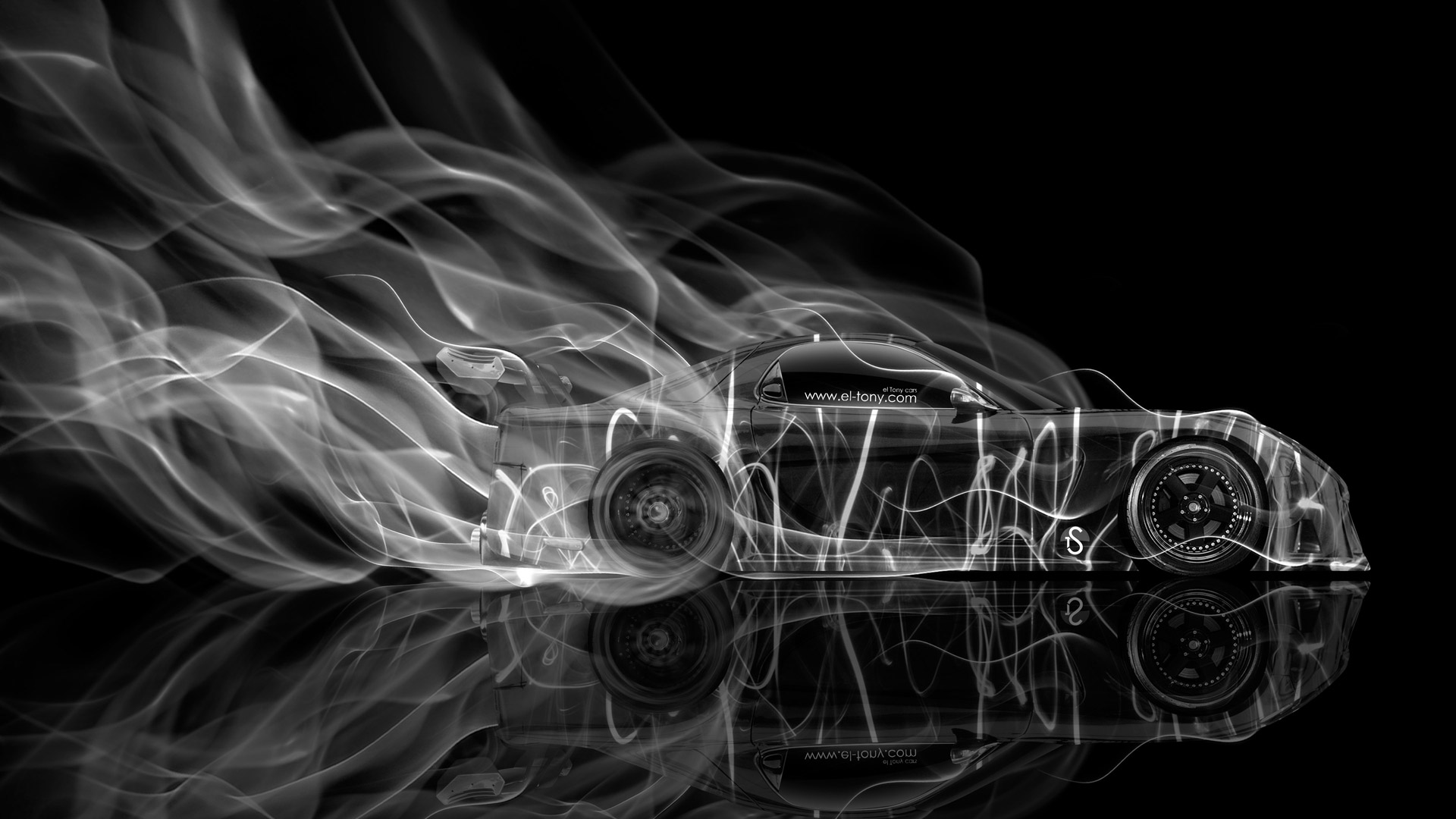Way Back When
With electronic
traction and stability control equipped vehicles it's
less common to hear words like 'understeer' and
'oversteer,' although those who lived in the era before
the electronic gizmos and vehicles experienced both of
these terms first hand with no stability control
systems. Probably without knowing it. As vehicles
advanced, hazards erased and safety features enhanced so
did racing styles and boy have they come a long ways.

Drifting
certainly didn't manifest with neon lights and plenty
of nos in Fast n Furious, rather the technique of
oversteering around a corner has been used as early as
the 1930's Grand Prix races. Drifting really
took off in the late 80's in Japan when racers winding
up and down mountain roads (touge) found losing
traction when entering a corner and regaining it after
was faster. This method grew following the
successful drifting of Kunimitsu Takahashi, a
Motorcycle Grand Prix rider and Formula Car driver of
the 1960s and 1970s. Approaching a corner very fast he
would hit the turn and create a large slip angle then
play with the throttle to keep the angle until the
straight. Street racers of Japan began to use it on
the touge and boom, illegal touge racing now knew
drifting.

Similar
to Japanese touge racing we have rally racing where
racers use nearly no grip at all. Races take place in
point-to-point routes, commonly off roads. With no
practice on the course drivers and co-drivers maneuver
their way through the course using the instructions
from the co-driver prompted from a supplied route book
which describes the course in detail.
